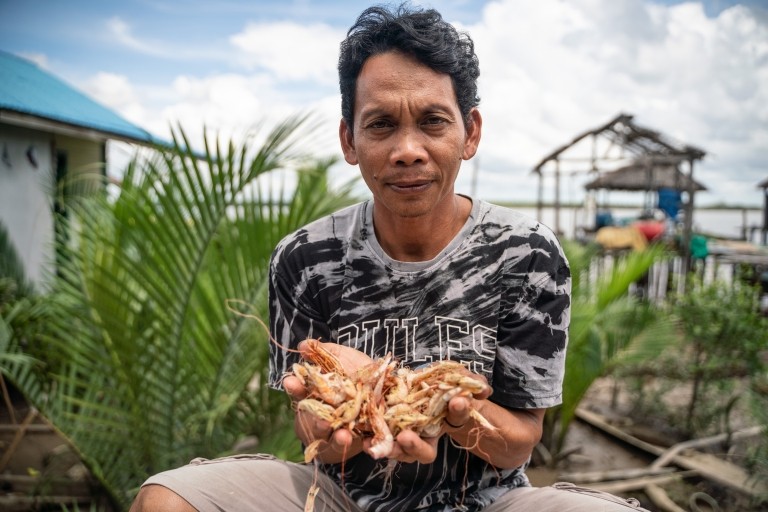Blog
Community-based natural resource management: A lynchpin in the fight against climate change and environmental degradation

Deforestation. Overfishing. Habitat destruction. Climate change. These are just some of the serious environmental challenges faced by people around the world. While solutions must be multifaceted, local communities should always play a key role in the responsible management of critical natural resources. This is the essence of community-based natural resource management, or CBNRM.
What is community-based natural resource management?
Community-based NRM is natural resource management that is led by local communities themselves. Around the world, many communities are resource-dependent. They rely on forests, lakes or mineral resources to provide livelihoods, income, food and more. Community-based NRM ensures that communities that use vital resources are meaningfully engaged in the management of those resources, including planning and policymaking. While governments or NGOs may help facilitate CBNRM, communities must have a key voice and role in decisions about conservation initiatives affecting them if these are to be successful and sustainable.
Why is community-based natural resource management important?
The wellbeing of planet and people are inextricably linked. Natural resources and healthy ecosystems sustain humanity, and the best stewards of these resources and ecosystems are the local communities and indigenous peoples who live in and near areas of high conservation value. Pact supports communities around the world to undertake effective NRM that benefits both people and the environment. Community-based NRM brings together conservation and sustainable development to overcome social challenges such as poverty, hunger, biodiversity loss and climate change.
Community-based NRM creates incentives and builds conditions for people to use natural resources responsibly. Beyond conservation, CBNRM empowers communities, enables them to pursue sustainable rural development and promotes democracy and good governance in local institutions.
Communities must have a key voice and role in decisions about conservation initiatives if they are to be successful.
How does Pact support community-based natural resource management?
Fostering CBNRM is a key component of Pact’s environment programming. Using our proven methods in capacity development, Pact strengthens the capacity of communities to design and carry out natural resource management initiatives, from creating village natural resource management committees to enforcement of key environmental policies. In general, our NRM work is focused in two main areas: land and resource governance, and nature-based enterprises.
Our NRM governance work empowers communities, institutions and governments to responsibly conserve, sustain and manage natural resources, enabling systemic solutions. Pact accomplishes this by strengthening local capacity and forging effective systems for the governance of countries’ natural resources. We bolster the frameworks, laws and policies and incentive mechanisms of the various institutions that together compose the system of governance or control over natural resources such as fisheries, forestry and protected areas.
Our nature-based enterprise work uses a people and ecosystem-centered approach. We don’t believe that biodiversity conservation and economic development are mutually exclusive. Rather, we look to existing models of social enterprises that promote sustainable or alternative livelihoods. Through capacity development, we support the establishment or strengthening of nature-based enterprises for development that are compatible with landscape and ecosystem-level conservation. We work to develop robust enabling environments for these enterprises, which includes access to finance and markets, policy reform and clear access rights.
Through CBNRM, Pact is helping to stop overfishing, destructive land use, poor farming practices and more. This helps communities to adapt to climate change and can make a significant difference for people who rely on natural resources to live.
Where is Pact supporting community-based natural resource management?
In Malawi, Pact is strengthening the capacity of local communities to effectively manage one of the country’s most important natural resources – Lake Malawi, the most biologically diverse lake in the world. Through the USAID-funded REFRESH project, communities are coming together to restore natural fisheries productivity in lakeshore districts.
In Madagascar, through USAID Hay Tao, Pact and our partners used a systems approach to build the enabling environment for effective CBNRM and protected-areas management to ultimately safeguard the country’s incredibly rich biodiversity while sustaining local communities’ livelihoods.
In Democratic Republic of the Congo, we are integrating CBNRM into our peacebuilding programming through the USAID-funded Tanganyika Conflict Mitigation and Reconciliation project. The project builds resilience to environmental shocks – a driver of conflict – through sustainable natural resource management.
Learn more about Pact’s community-based natural resource management work.